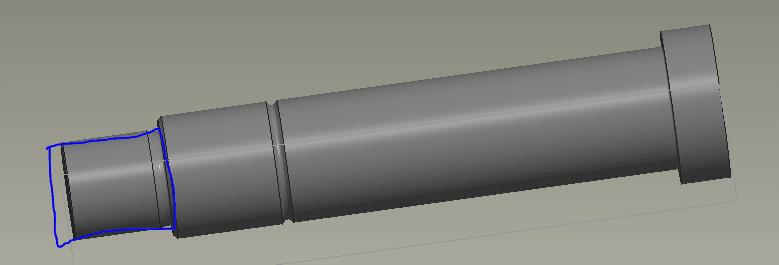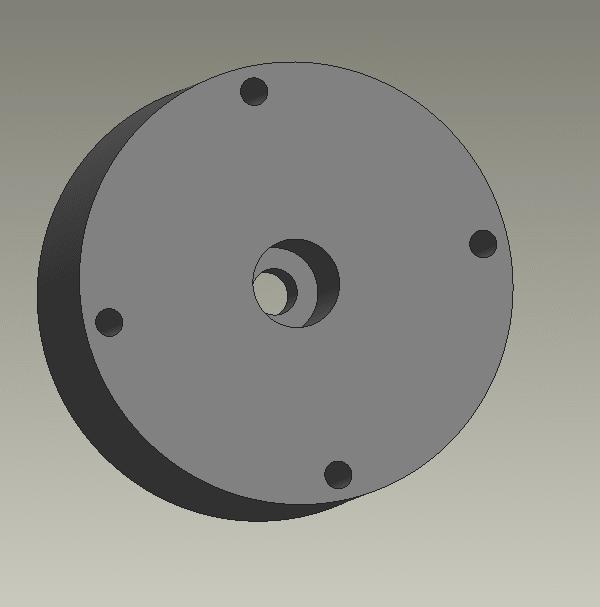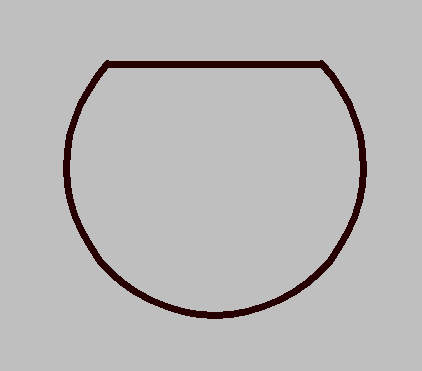First, a compliment! You did the right thing by asking how your part would be made. Too many engineers never do that. They end up designing parts that cost much more than they should, if they are even possible to make. In one of my first jobs, I remember a cohort designed a part with a square hole. A square hole is very easy to draw. He got into a shouting match with the shop guys. "Why do you need a square hole?" His only defense was "Make it that way because that's the way I drew it". He didn't need a square hole but he would never admit that. He didn't last long.
You have been given good advice above. I would add one more tip - try to talk to and learn from the people that have to make your part. I have been designing machines for decades, but I never once took a machine shop course. I have deeply regretted that many times. Over the years I have spent a lot of time talking to and learning from accomplished machinists.
Make it a habit to spend LOTS of time with the guys making your parts. You'll learn very helpful tips, concepts, and error sources. You'll get a feel for what equipment, setups, and fixtures are required. You'll better understand the true cost of tolerances and finishes you may be asking for. And even potential sources of errors. For example, my standard inch dimensioning is in decimals. One machinist asked me to dimension standard clearance drilled holes in fractions, simply because that's the way his drills were labeled in the box. Makes sense to me, plus we eliminate one potential source of error, his decimal/fraction conversion. I don't dimension all holes that way, just the ones that can withstand that level of tolerance.
The other BIG benefit of spending time with them is that they will know you value their opinion. As such they will be on your team. Instead of bitching and moaning about how stupid that engineer is they will feel free to call you and ask about something they see on a drawing. The net result is that your parts will cost less and work better.
Keep asking!




